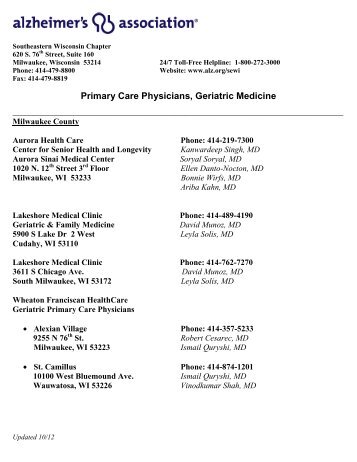Synopsis. Provides useful information on medical diagnosis, lab tests, treatment options, and health maintenance and offers guidance on decision-making in primary care medicine.
Internal Medicine & Primary Care
This revised reprint of Primary Care Medicine, Fifth Edition gives you a complete print and online package: the book plus access to a Website offering the fully searchable text, monthly text updates, and patient and physician advisories. In 239 problem-oriented chapters, this Fifth Edition provides essential information on medical diagnosis, lab tests, treatment options, and health maintenance and offers authoritative guidance on decision-making in primary care medicine. Every chapter was revised to include more images, tables, and bulleted lists. Practical recommendations that incorporate the best available evidence, expert consensus guidelines, and clinical judgement are listed in bulleted items at the end of every chapter.
Clinicians and students at all levels and in all primary care disciplines will benefit from the clear, practical, evidence-based writing and recommendations that address the full spectrum of clinical problems encountered in the adult primary care practice. Whether it’s the answer to a screening, prevention, evaluation, or management question or a comprehensive approach to a complex condition, the reader will find a review of best evidence integrated with considerations of affordability, cost-effectiveness, convenience and patient preference. Chapters present actionable, scientifically validated guidance that allows physicians to go beyond standard consensus guidelines and provide highly personalized care. Special consideration is given to team-based approaches of primary care delivery, recognizing its increasing importance to achieving high levels of practice performance.

Primary Care Medicine’s digital format and quarterly updates ensure current, point-of-care decision support. New, online resources include a recommended curriculum for trainees and faculty, emphasizing a core knowledge base needed for all members of the primary care team, and access to state-of-the-art, condition-specific decision grids to facilitate patient participation in shared decision-making.